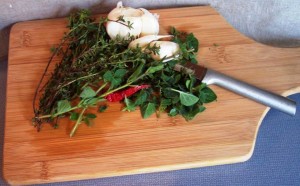 Garlic (Allium sativum) is mentioned only once in the Bible. It was held in great esteem by the ancient Egyptians.
Garlic (Allium sativum) is mentioned only once in the Bible. It was held in great esteem by the ancient Egyptians.
~
(Numbers 11:5) “We remember the fish we ate in Egypt for nothing, the cucumbers, the melons, the leeks, the onions, and the garlic.”
~~
Garlic is one of the best preventive options we have at our disposal to build a strong immune system.
Include garlic in all your meals and know that you are doing something wonderful for yours and your family’s health.
1 to 5 cloves of garlic
1/4 cup chopped parsley
1/4 cup chopped oregano
1/4 cup chopped basil
1/4 cup chopped thyme
sprinkling of pink or kosher salt
sprinkling of fresh ground black pepper
sprinkling of cayenne (optional)
Toss a desired amount into any dish from scrambled eggs to your dinner dish of stews, soups, and casseroles.
This blend is delicious mixed with a small amount of mustard,( or mayo) spread on a french roll and layered with ham or pastrami, wrapped with baking foil and steamed until hot.
Serve with hot unpasteurized Apple Cider…you’ve just had a heaping dose of immune building goodies for the day.
PS: to eliminate the odor of garlic just swish with water and baking soda…or chew a few sprigs of oregano or parsley.


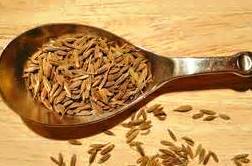
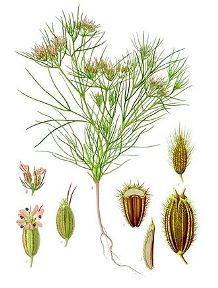 (Matthew 23:23) “Woe to you, scribes and Pharisees, hypocrites! for you tithe mint and dill and cumin, and have neglected the weightier matters of the law, justice and mercy and faith; these you ought to have done, without neglecting the others.”~
(Matthew 23:23) “Woe to you, scribes and Pharisees, hypocrites! for you tithe mint and dill and cumin, and have neglected the weightier matters of the law, justice and mercy and faith; these you ought to have done, without neglecting the others.”~
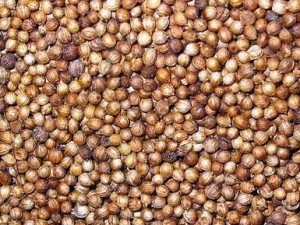 Coriander/Cilantro is fast becoming one of the most popular fresh herbs in the U.S. The foliage is called Cilantro, while the edible seed is Coriander.
Coriander/Cilantro is fast becoming one of the most popular fresh herbs in the U.S. The foliage is called Cilantro, while the edible seed is Coriander.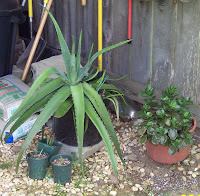



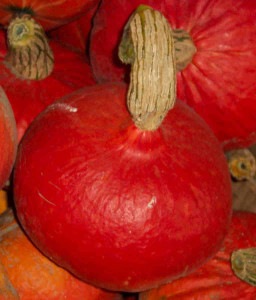



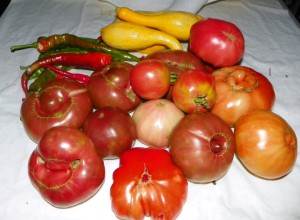

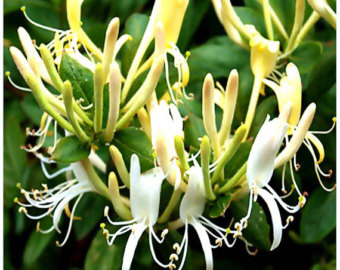
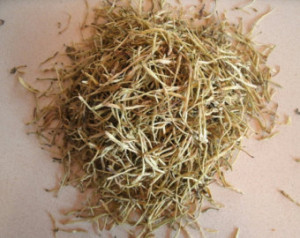 Steep 1-3 teaspoons of blend in 8-ounces of water that reached a boiling point—cover and steep 5 minutes for sipping pleasure.
Steep 1-3 teaspoons of blend in 8-ounces of water that reached a boiling point—cover and steep 5 minutes for sipping pleasure.